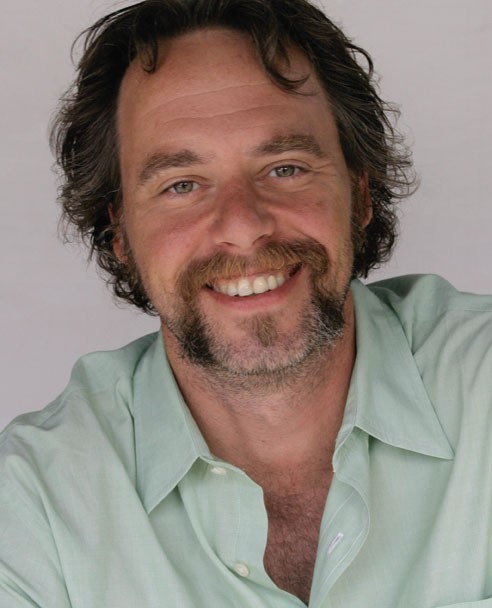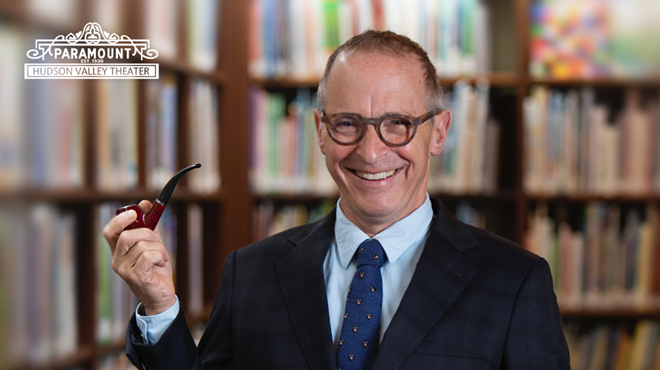Editor's Note: April 2012
[]
Spring, and a young(ish) man’s fancy turns to thoughts of resiliency and the forms that resiliency takes. The daffodils and forsythia are in bloom again, the nonevent that was winter is behind us, and our backyards and the streets of our neighborhoods affirm nature’s ability to regenerate. Surely this is why so many of us prefer this season to winter’s (sometimes) white wonderland, summer’s hot riot of flora, and fall’s brilliant but fading grandeur. Spring embodies the hope, especially keen as we age, that we can not only survive but thrive in a changing world; and that we might change too, take the next step on the path of personal becoming.
Change was certainly on the minds of the people who gathered in Zuccotti Park last fall. While the Occupy Wall Street protestors were the New York branch of a worldwide movement, their demonstration caught the world’s attention and spawned many kindred encampments here in the US. (Protest is a very resilient form.) And with spring, the protestors return like the swallows to San Juan Capistrano. Mayor Bloomberg and the NYPD are making it difficult for the Occupiers to take root again in a public place, but in Catskill, an art exhibit has created a space for dialogue on the issues of economic justice brought to the fore by Occupy.
“Wall Street to Main Street,” which our correspondent Sparrow previews, is an outgrowth of the Masters on Main Street project that has employed Catskill’s empty storefronts to good use as pop-up galleries. The “Wall Street to Main Street” project began on St. Patrick’s Day and will continue through the end of May, with workshops, concerts, and exhibits. Geno Rodriguez, founder of the Alternative Museum, curated an introductory exhibit at Brik Gallery that links OWS to other protest movements (the Wobblies, the Suffragettes, et al.) and highlights the vanguard role of artists in protests. (Art is another resilient form.)
Rodriguez believes that the time has come for artists to control their own creative destinies and create a new economic paradigm. “The 99 percent do not buy art,” Rodriguez says. “The 1 percent buy art. Artists become slaves of the 1 percent. Therein lies the contradiction: You cannot cater to the likes and dislikes of the 1 percent and be an Occupier.” Rodriguez envisions a broad-based art that is not controlled by the gallery system (“Only one in a million art students becomes Cindy Sherman,” Rodriguez says), and take art to the people—in the senior centers, at Walmart, anywhere to connect with the 99 percent and tear art down off its narrowly patronized pedestal.
Joel Richardson is an artist who’s taken his work to the streets. Literally: Richardson’s grafitti-esque stencils are currently wheat-pasted up around Catskill. His signature image, Suitman, which appears on the cover this month, defies the typical Occupy rhetoric of the evil banker. Richardson’s 1 percenter not only has a briefcase full of gold, but a heart of one as well. Suitman embodies his hope in the 1 percent and the possibility of peaceful societal evolution, rather than disruptive, throw-the-baby-out-with-the-bathwater revolution. Richardson’s inclusiveness points a way toward resiliency: Believe in the better angels of those we may conflict with politically, even if we don’t believe in angels.
Resiliency in the face of crisis is something 1 percenters probably don’t worry much about. If there’s a flood, they can live in their other house. If there’s a fuel shortage, they’ll stockpile gas. Ditto for food and other essentials. Wealth creates a bunker for those who can afford it. For the rest of us, future uncertainty won’t be so easy to manage. We’ll need help.
The Transition Towns movement, which might be considered a form of occupying the future of one’s own community, is about creating local resiliency through mutual interdependence. With Community gardens, alternative energy sources, and the shared intelligence and resources of your neighbors actively planning for the possible challenges to come. The Transition Towns movement is taking hold in the Hudson Valley, as Paul E. McGinniss reports ("Grow Your Own Community"), with concerned citizens gathering to discuss a shared future rooted in collective action.
Rob Hopkins, cofounder of the Transition movement, doesn’t believe that this model of nonhierchical, self-replicating, self-governing groups will solve all problems. “We don’t know if this works,” Hopkins tells McGinniss. “Transition is an invitation to be part of an experiment on an historic scale with people who are all around the world trying to figure out what to do at this really crucial point in history to make the places we live more resilient and less vulnerable.”
In his report on Transition Towns, McGinniss also notes Tom Shadyac’s documentary I Am: The Shift Is About To Hit The Fan, which cites research stating that humans function at a higher level and remain healthier when expressing positive emotions. Speaking for myself, I imagine I’d find it more ennobling of my soul to stand shoulder to shoulder with my neighbors sowing crops than I would chasing them off my lawn with a shotgun.
Shaydac’s film also mentions the evolutionary theory of Charles Darwin, the man who coined the phrase “survival of the fittest”—no doubt a concept that eases the conscience of many a 1 percenter as they pocket their enormous bonuses each year. I deserve this. I am the most fit, therefore I deserve a larger share and others deserve less. In Darwin’s classic work Descent of Man, he employs the phrase “survival of the fittest” twice. Yet the word “love” appears 95 times.
Love, still the most resilient form there is.













